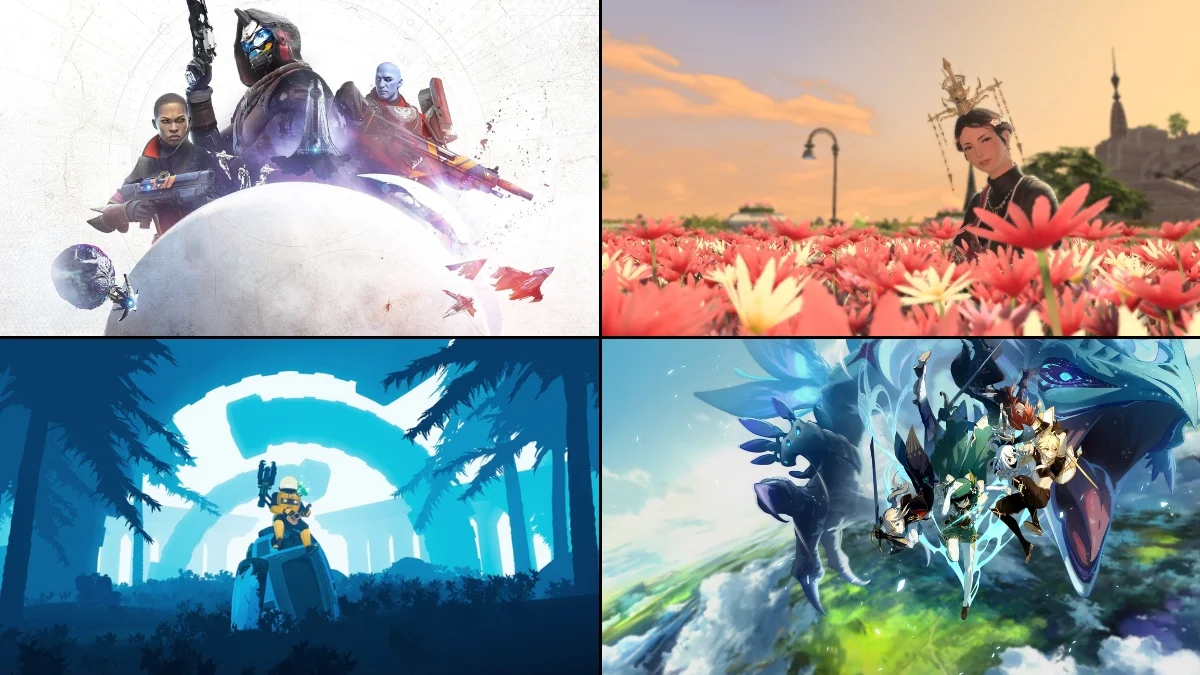
Many games, like those with ongoing updates, roguelikes, and action RPGs, are designed to keep players engaged even after finishing the main story. The best of these games offer specific objectives, recurring challenges, and ways to improve your character or equipment, making each playthrough feel worthwhile. Here are twenty games with robust post-game systems – including currencies, unlockables, gameplay loops, and increasing difficulty – that always give you something new to achieve, whether it’s perfecting a build or defeating a tough boss.
‘Destiny 2’ (2017)
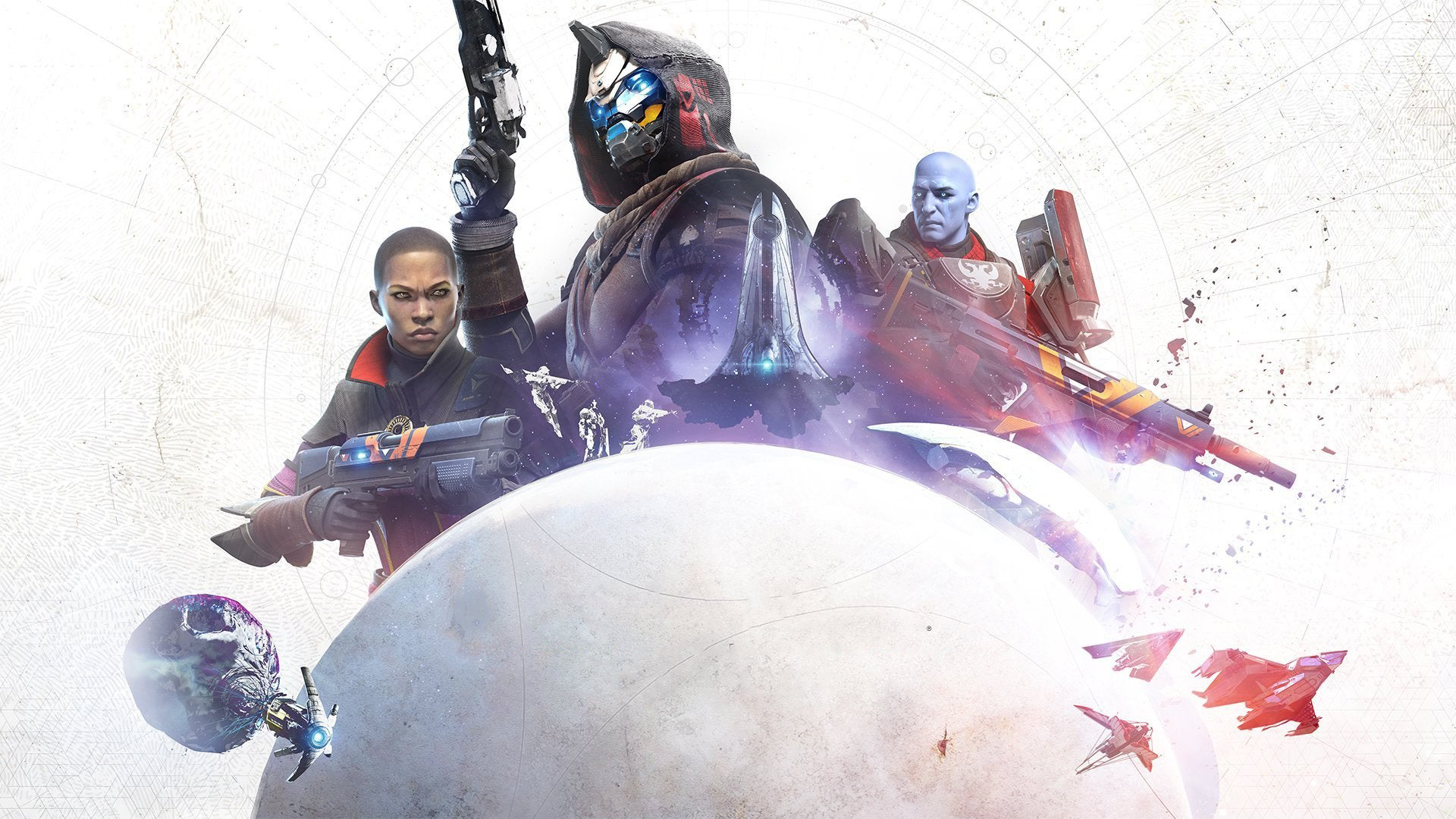
Destiny 2’s long-term gameplay focuses on weekly challenges that offer powerful rewards, regular seasonal activities, and challenging six-player raids. Players constantly work to increase their power level, customize their weapons, and find the best versions of those weapons through activities like Nightfalls, Trials, and dungeons, all of which change over time. The game uses special currencies and vendors to help players earn and upgrade gear. To keep things interesting, the developers regularly add new content through season passes and limited-time events, ensuring that even repeated activities still offer worthwhile rewards.
‘Path of Exile’ (2013)
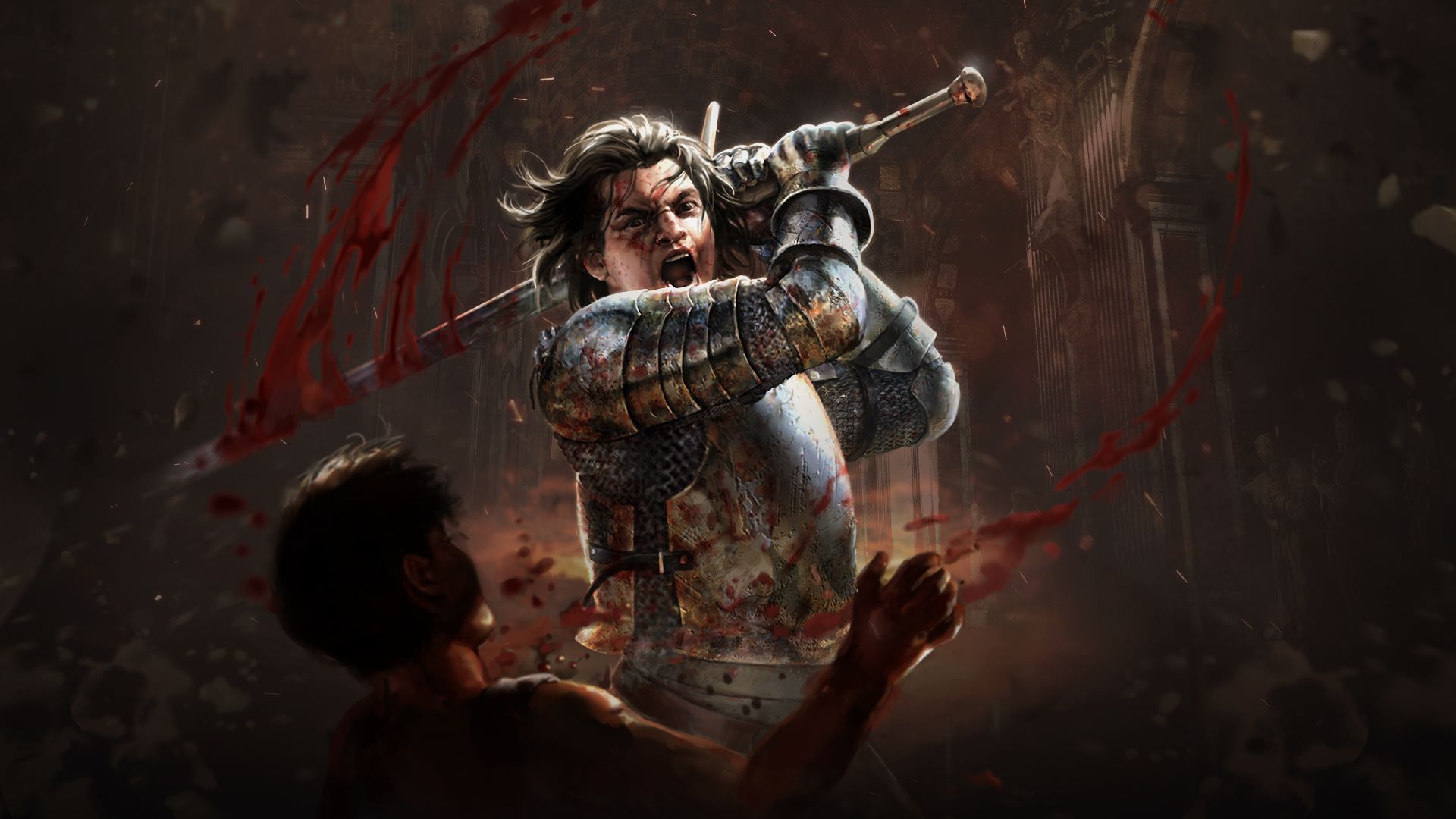
In Path of Exile, the main focus after finishing the campaign is exploring the Atlas of Worlds. This system uses maps with random bonuses that affect how challenging and rewarding they are. Players can further customize their experience with features like the Atlas passive skill tree, Sextants, Scarabs, and special league mechanics, all to improve their chances of finding great loot. There’s always something to strive for, with challenging bosses and ongoing storylines. The developers also regularly release new leagues, adding fresh content and ways to find and customize items.
‘Diablo IV’ (2023)
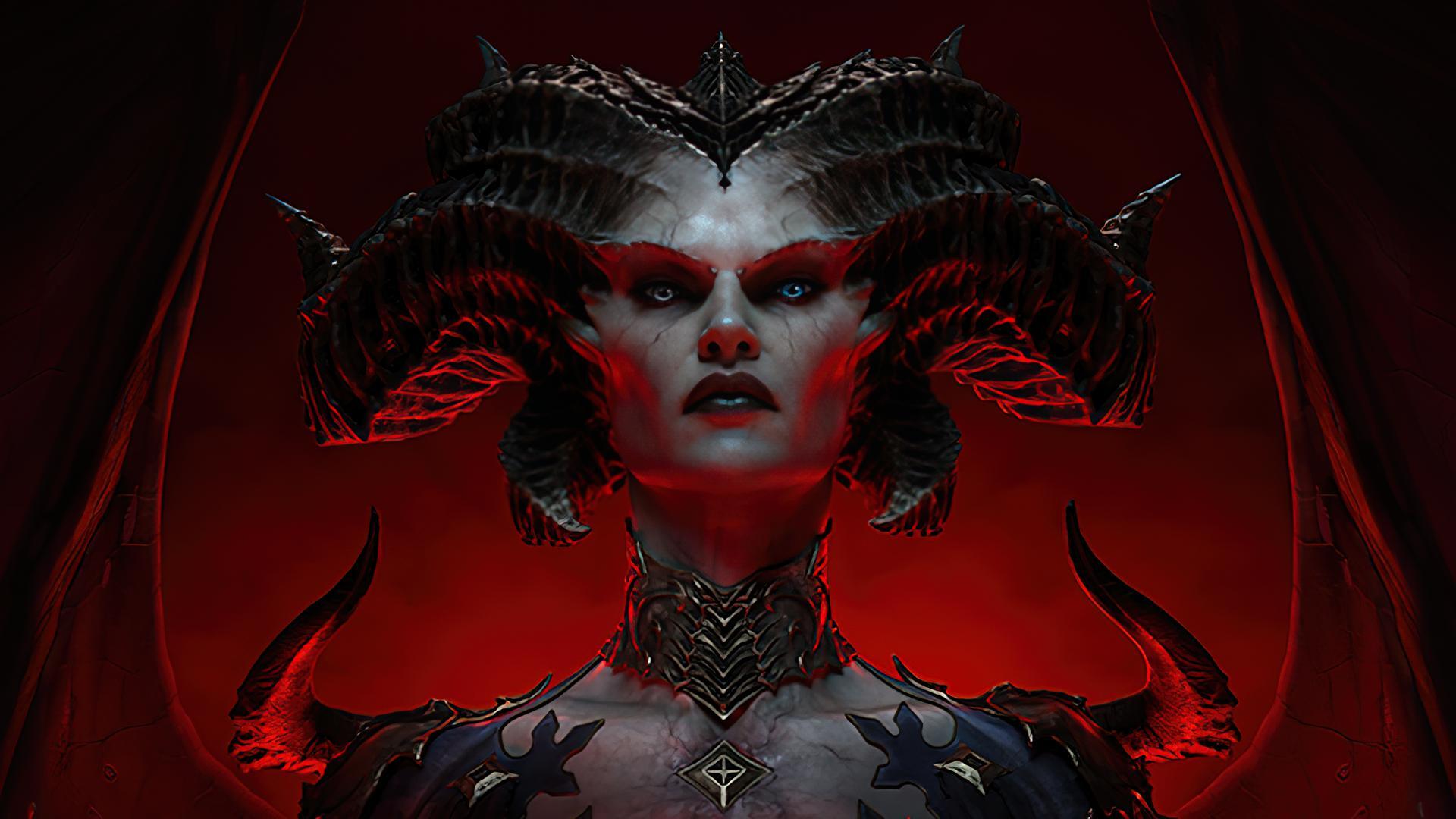
In Blizzard Entertainment’s Diablo IV, the main activities after completing the story revolve around increasing World Tiers, completing challenging Nightmare Dungeons with special modifiers, and participating in Helltide events to collect specific resources. Improving your character long-term involves leveling up Paragon Boards and Glyphs through dungeon runs. The Tree of Whispers provides daily objectives to help focus your gameplay. Regular seasonal updates add new items and ways to progress, which all tie back into the core loop of exploring dungeons.
‘Warframe’ (2013)
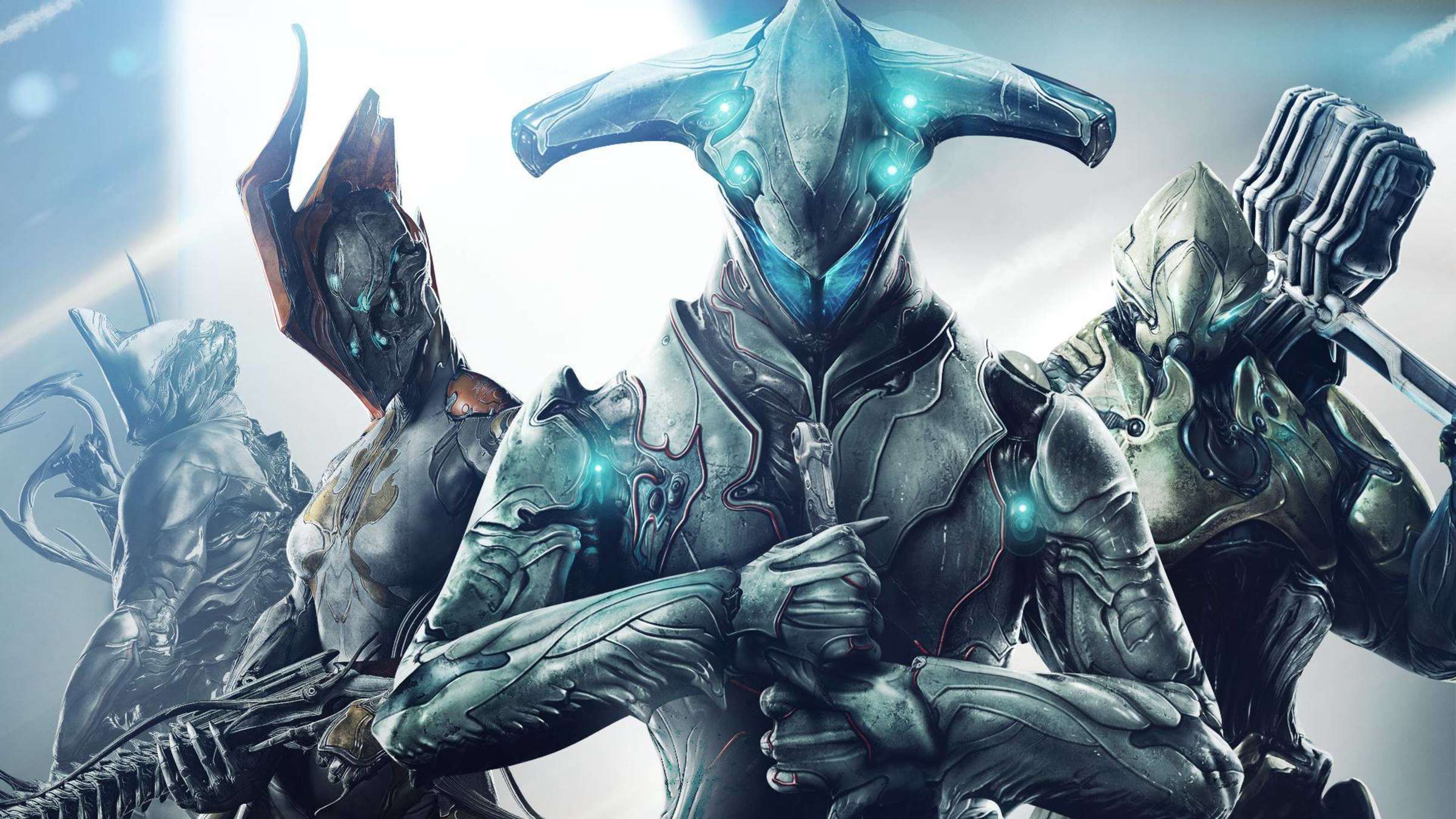
Digital Extremes keeps players engaged with a variety of interconnected systems. Players progress by completing star chart missions, daily challenges (Sorties), and special Fissure events to earn valuable Prime parts, and can test their skills on the challenging Steel Path. The game goes beyond simple leveling with unique systems like Intrinsics, Focus schools, and customizable gear like Zaws, Kitguns, and Amps. Open-world bounties and Railjack missions provide resources for crafting and improving gear. The developers consistently release new content – Warframes, game modes, and progression systems – that integrate seamlessly with the existing gameplay loop.
‘Monster Hunter: World’ (2018)
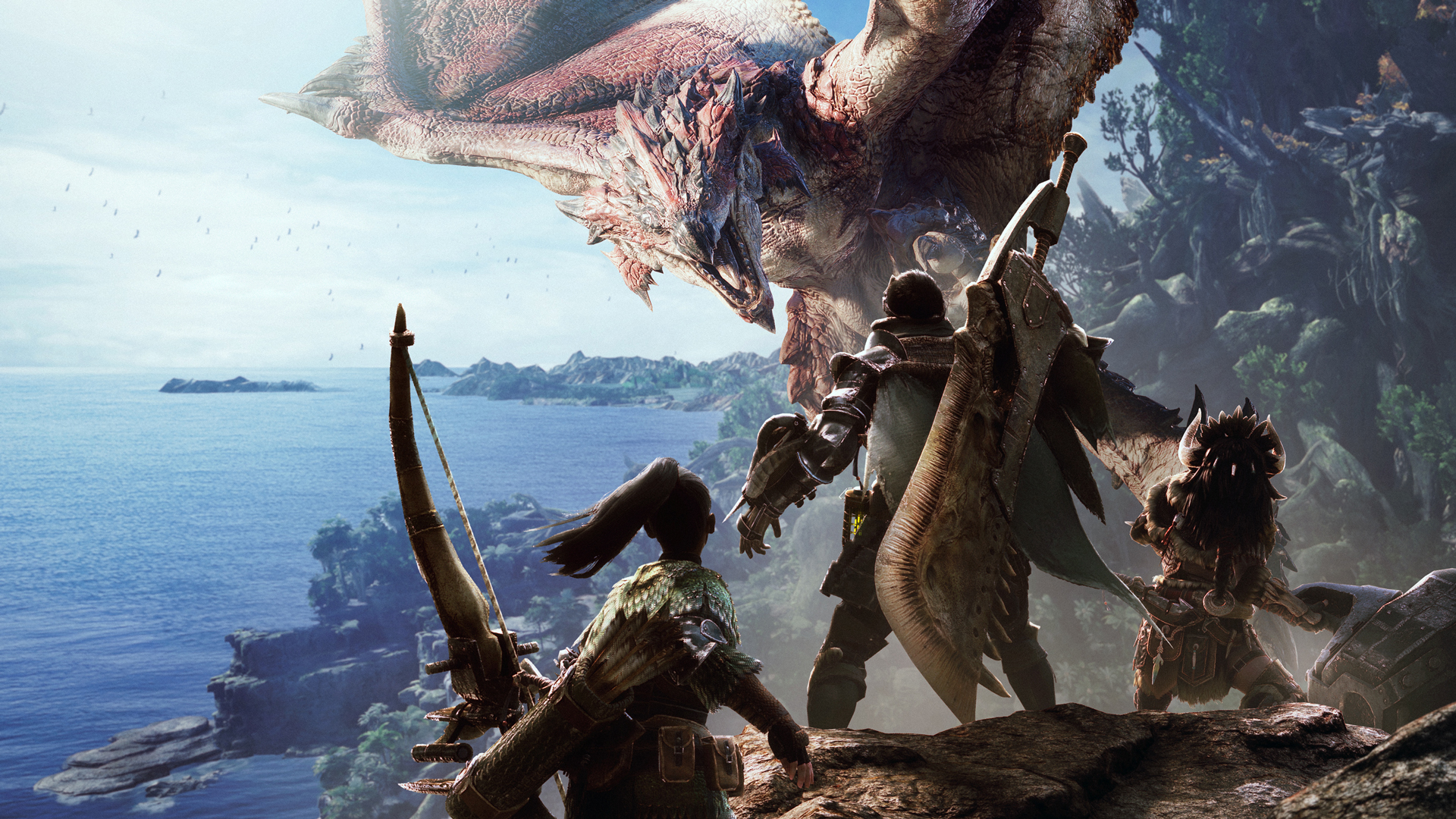
Monster Hunter World’s long-term gameplay focuses on improving your weapons and gear through several systems. You can hunt specific materials in different areas using Tempered Investigations and Guiding Lands, and level up those areas to attract particular monsters. Regular events and challenging Arch-Tempered hunts offer unique rewards. Capcom has also continued to add new monsters and equipment with updates, expanding the game’s crafting options even after the main story is finished.
‘Genshin Impact’ (2020)
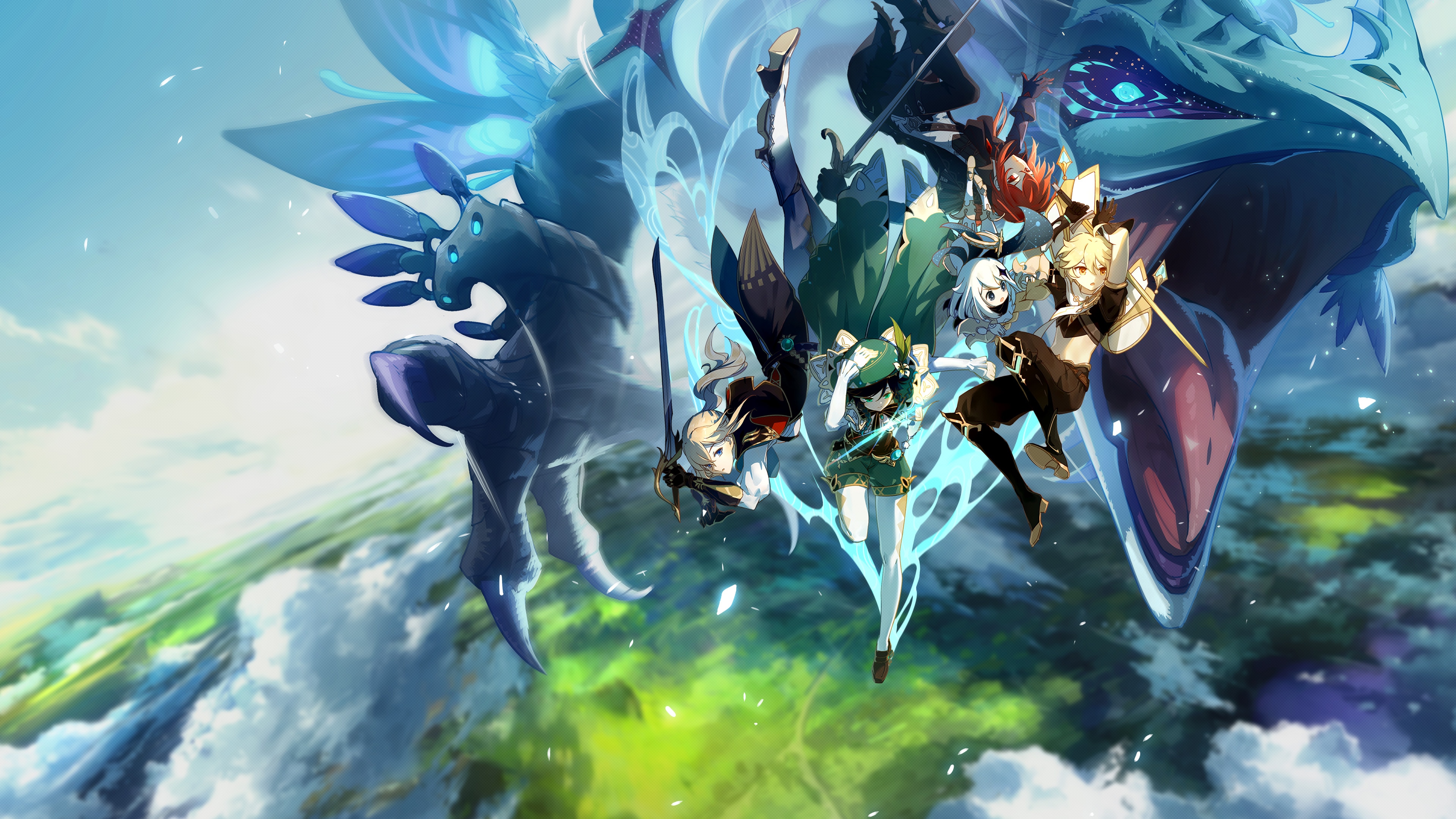
HoYoverse keeps players engaged through a cycle of challenges and rewards. The Spiral Abyss offers constantly changing floors, while obtaining powerful items requires spending resources and completing specific tasks. Regular events and new areas add more opportunities to earn valuable drops. Daily activities and a battle pass provide a consistent flow of in-game currency and resources for progressing further. The game is also regularly updated with changes to items and character builds, ensuring that previously completed content remains worthwhile.
‘Tom Clancy’s The Division 2’ (2019)
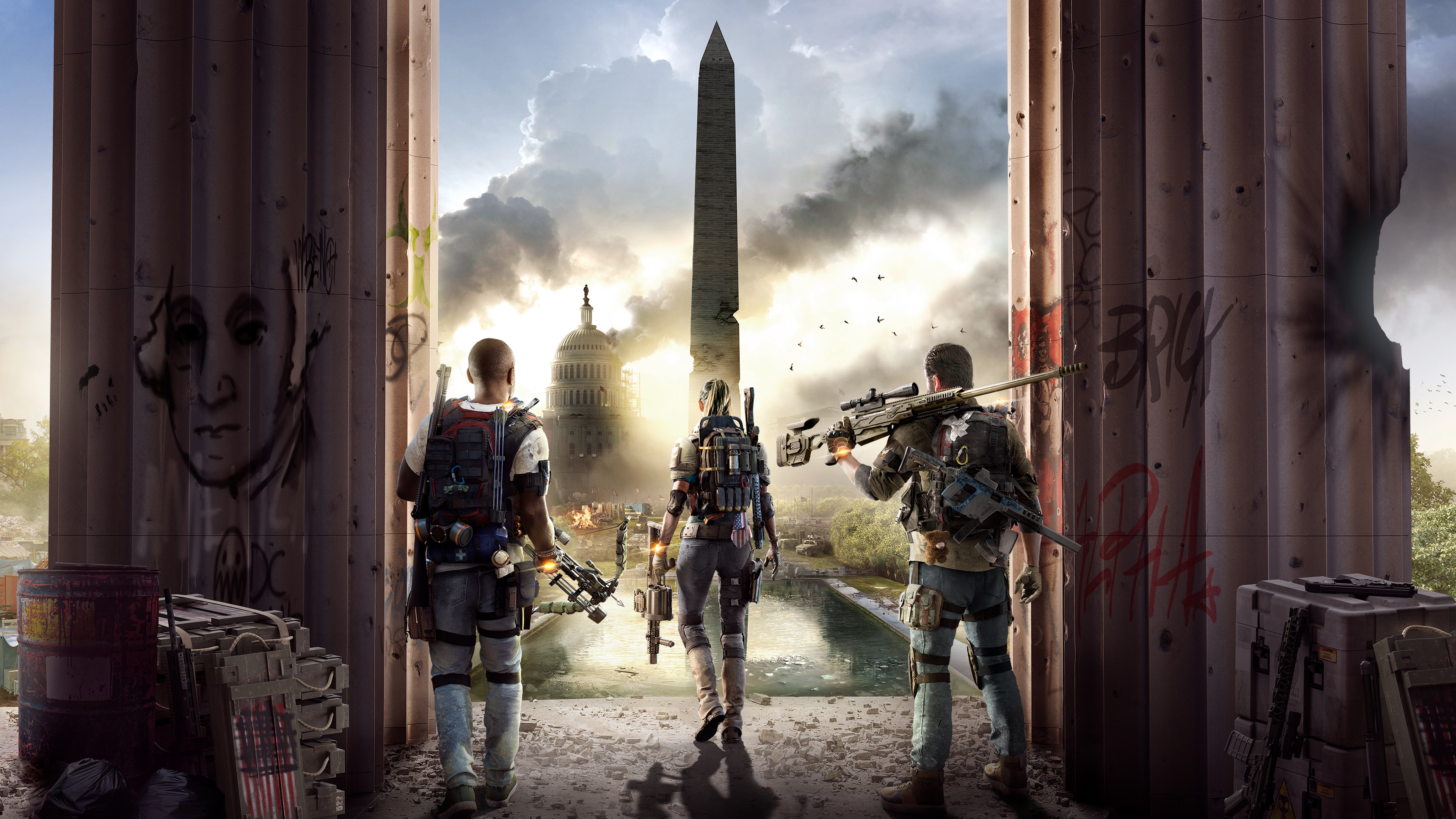
Okay, so as a gamer, here’s how things work after you finish the main story in this game. They keep you playing with a system called World Tiers – basically, you keep leveling up the difficulty for better rewards. There are also invaded missions and these cool seasonal hunts where the bad guys keep changing. When it comes to gear, I can really dive into build crafting with Gear Sets, Exotics, and a system for tweaking everything. They’ve got modes like The Summit and Countdown which are designed for getting awesome loot quickly. And to keep things fresh, the developers regularly add new seasons with different global events and challenges that change up the usual gameplay. It’s a pretty solid endgame loop!
‘Borderlands 3’ (2019)

Gearbox Software keeps players engaged with a variety of repeatable challenges. Mayhem Levels increase difficulty and rewards, while Proving Grounds and Circles of Slaughter offer concentrated runs. Finding specific item combinations is encouraged through Anointments and dedicated loot sources, often requiring players to repeatedly defeat bosses. Guardian Rank provides account-wide progression that enhances character builds. Regular events and downloadable content further expand the available loot and introduce new areas to explore at endgame.
‘Elden Ring’ (2022)
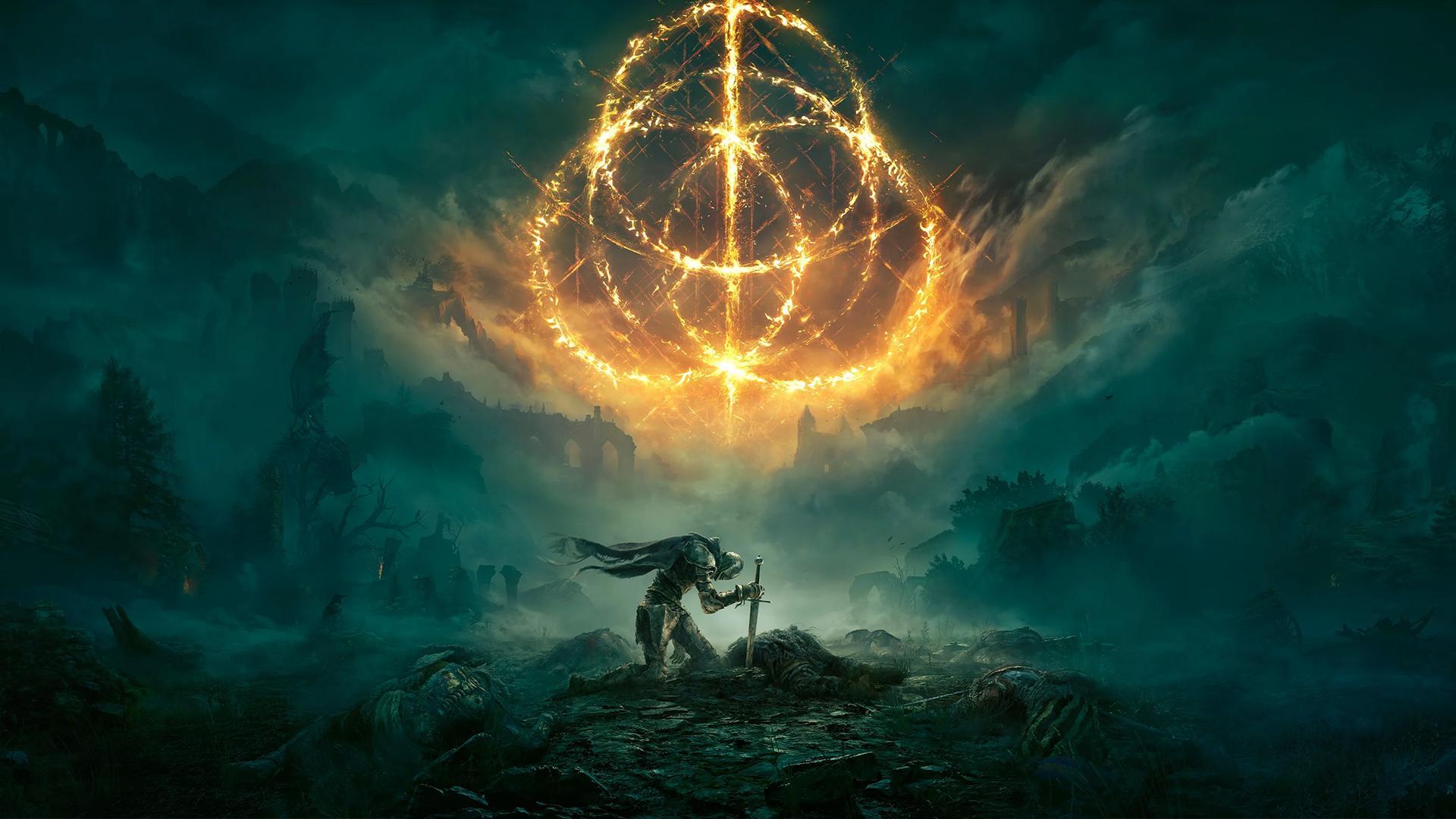
FromSoftware games keep players engaged long after finishing the main story. New Game+ lets you start over while keeping your character’s progress, making it quicker to revisit tough bosses and get powerful gear. Areas like dungeons, field bosses, and Evergaols become focused spots for collecting materials to improve your character and find special items. The wide variety of weapon upgrades and spirit ashes encourages players to try out different builds. Plus, the developer regularly updates the game with patches and new content, adding even more ways to play and challenge yourself.
‘Dark Souls III’ (2016)

FromSoftware games offer a lot to do after you finish the main story. You can start New Game+ to replay with your existing character, farm for special items related to covenants, and challenge tough optional bosses for unique rewards. Improving your weapons requires finding specific upgrade materials, often meaning you’ll revisit areas you’ve already cleared. Player-versus-player combat through covenants and arenas offers another way to earn rewards. And downloadable content usually includes extremely challenging areas designed for players who have perfected their character builds.
‘No Man’s Sky’ (2016)
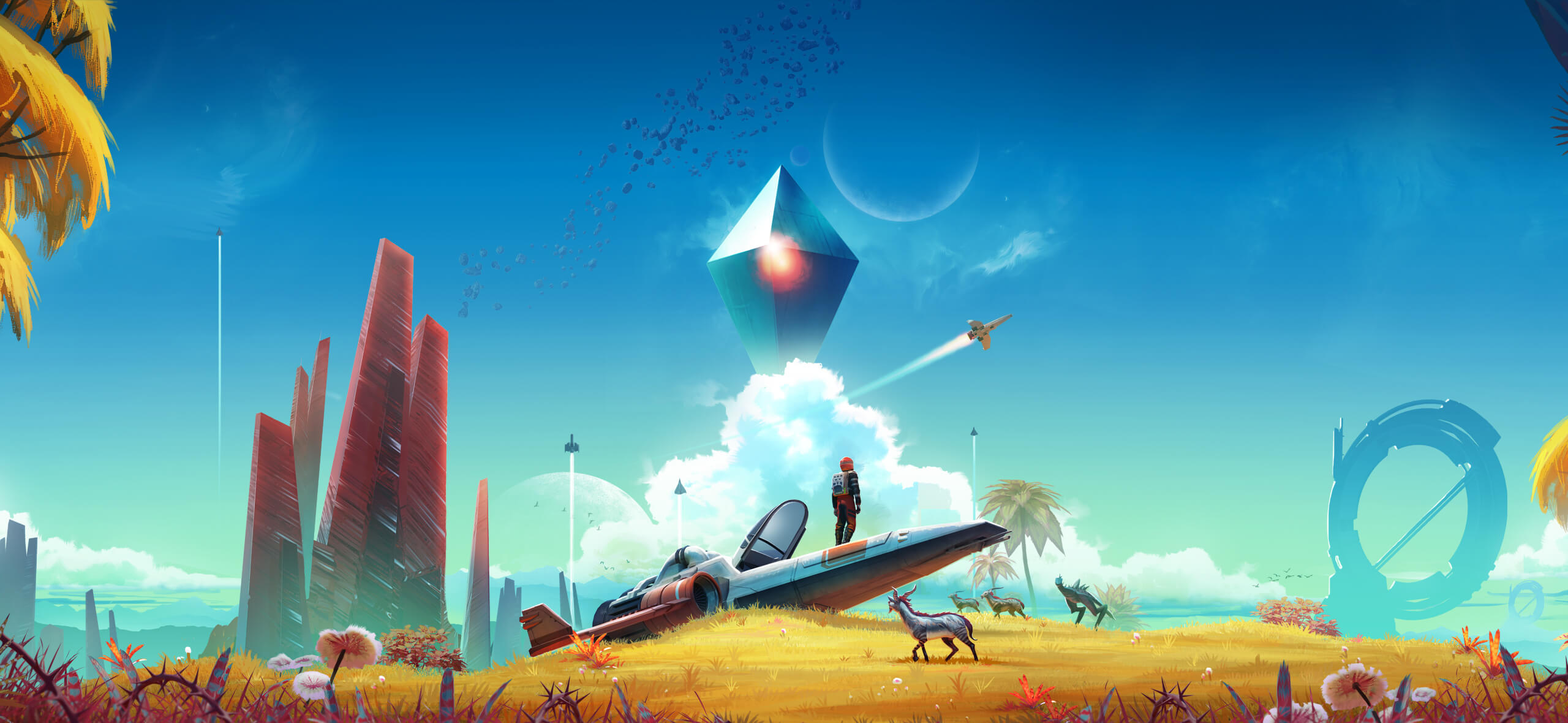
No Man’s Sky keeps players engaged through a cycle of activities: building bases, managing freighters and fleets, and completing expeditions with fresh goals. Players earn resources like nanites, ship modules, and blueprints by completing procedurally generated missions at space stations, which they use to upgrade their ships and tools. Finding profitable trade routes, scanning economies, and searching for rare ships provide ongoing objectives. The developer continues to add new content, such as settlements and voyages, that integrate seamlessly with the game’s existing systems and progression.
‘Final Fantasy XIV’ (2010)

Square Enix designs a clear path for players to improve their equipment through various challenges like Expert roulettes, raids, and trials, all released on a regular schedule. The game uses a system of tokens and weekly limits to create consistent opportunities for upgrades. Players can also progress through crafting and gathering activities, offering alternative ways to improve their gear. The developer extends this gameplay loop over several updates with different raid difficulties and stages for powerful relic weapons.
‘Guild Wars 2’ (2012)

As a huge fan, I love that Guild Wars 2’s endgame isn’t just about endlessly chasing better gear. Instead, it’s packed with things like Fractals where you can really push your skills, massive world bosses to take down with friends, challenging raids, and cool Strike missions that give you something new to aim for each week. What’s really different is that you progress by unlocking abilities and account-wide perks, not just by getting higher item levels. They also keep things fresh with these ‘Living World’ stories and big events that let you earn pieces for super cool, legendary gear. And of course, each new expansion adds even more ways to play with new masteries and adventures. It’s a really rewarding system!
‘Hades’ (2020)

Supergiant Games keeps players engaged after finishing the game with a system called the Pact of Punishment. This system lets you increase the difficulty for bigger rewards. The game also encourages experimentation with different character builds through weapon upgrades, special abilities, and collectible items. Even after seeing the credits, there are still secrets to uncover and a continuing story to explore. The game is designed so that every attempt to escape feels worthwhile, with opportunities to earn resources and overcome challenges.
‘Slay the Spire’ (2019)
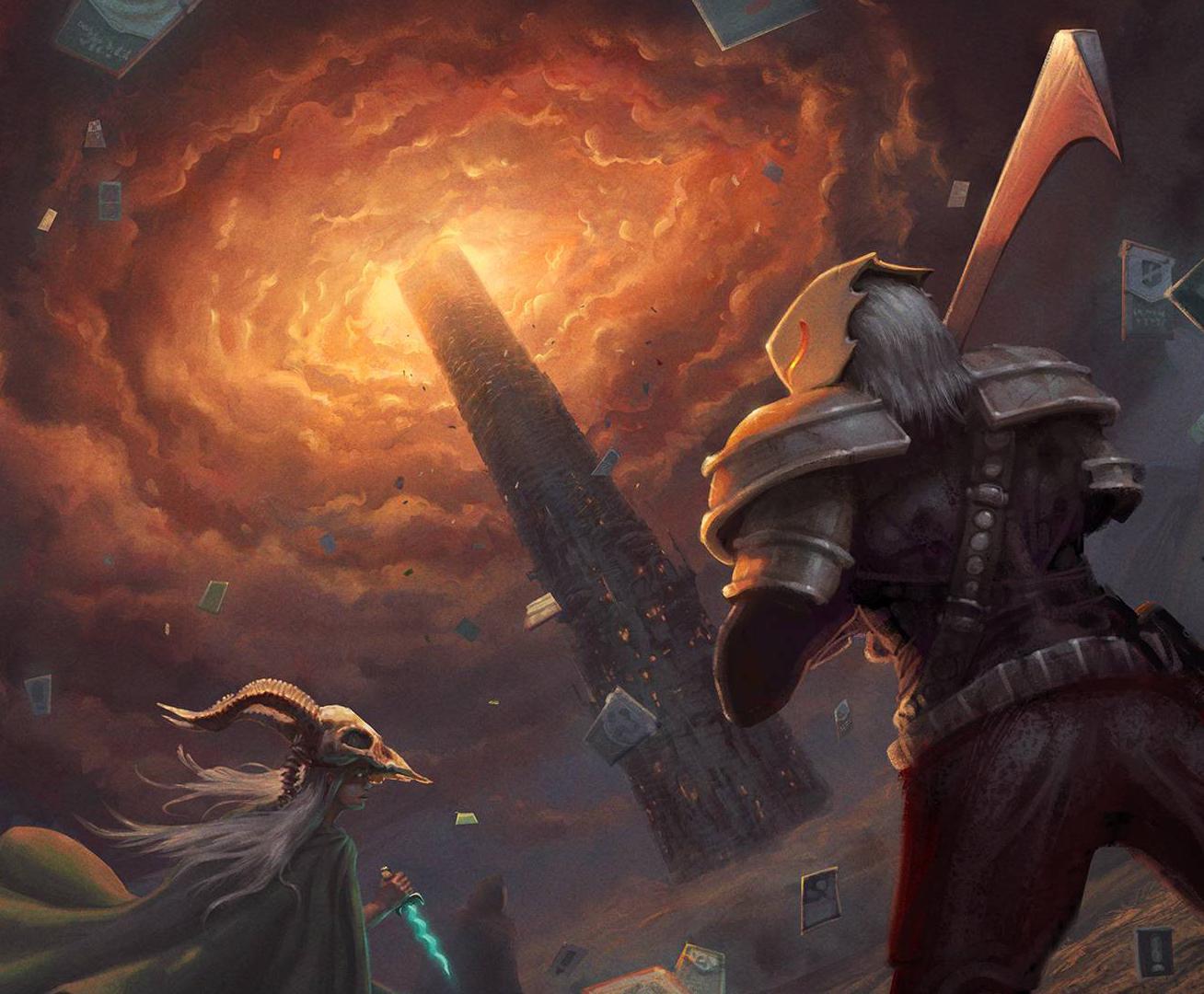
In MegaCrit’s game, you progress by completing runs and increasing the Ascension level, which makes each playthrough more difficult. As you play, you unlock new cards and items that give you more options for building your deck. Daily and custom challenges offer different ways to play with unique rules and rewards. The developers regularly update the game to ensure there are many different ways to win, even at the highest difficulty levels.
‘Dead Cells’ (2018)

Dead Cells challenges players to progress by collecting Boss Cells, which unlock harder areas with better rewards. As you play, you’ll find blueprints and upgrade the forge to improve the quality of items you discover. Skilled players can learn efficient routes through each area, taking advantage of scrolls and timed doors for faster farming. Regular updates and downloadable content add even more weapons and areas, making route planning more complex and rewarding.
‘Risk of Rain 2’ (2020)
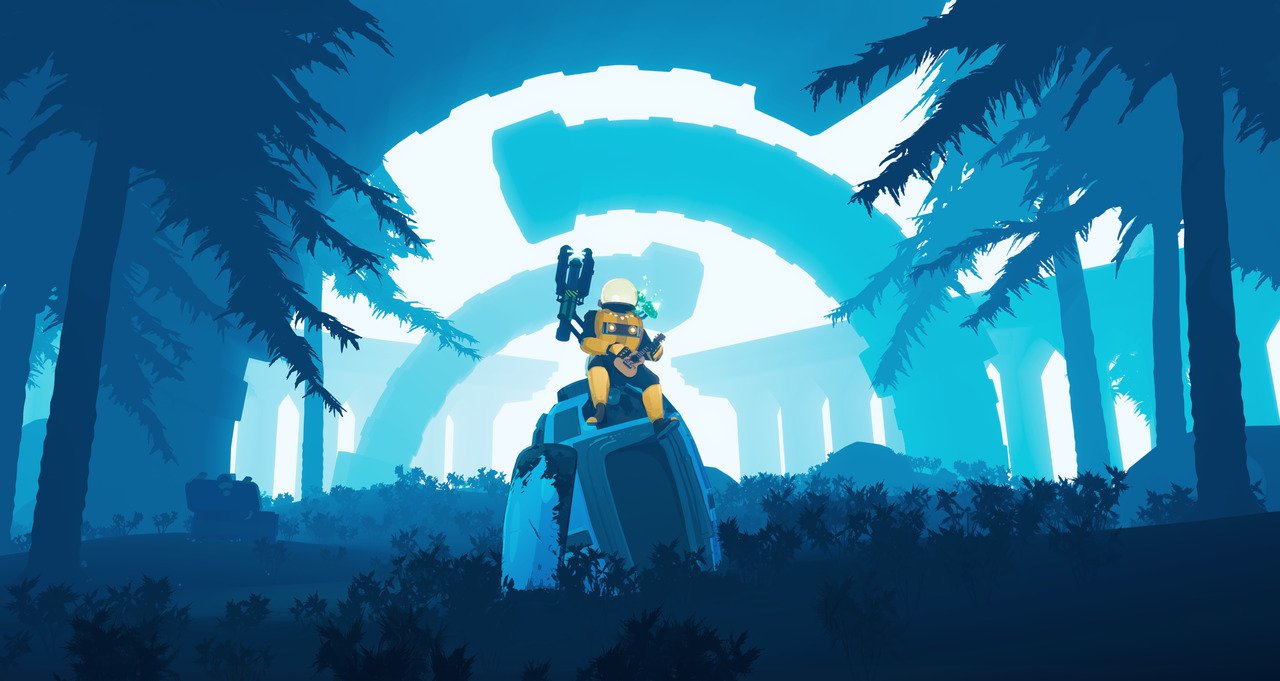
Hopoo Games keeps players engaged after finishing a run with features like repeating stages that get harder over time, and powerful items that change how the game is played. You can unlock new characters and complete logbook challenges to give you goals between runs. Items found on the moon and 3D printers offer strategic choices about risk and reward, impacting how quickly you can improve. The developers have also continued to add content after release, including new characters, bosses, and multiple endings, all of which add to the game’s replayability.
‘Deep Rock Galactic’ (2020)
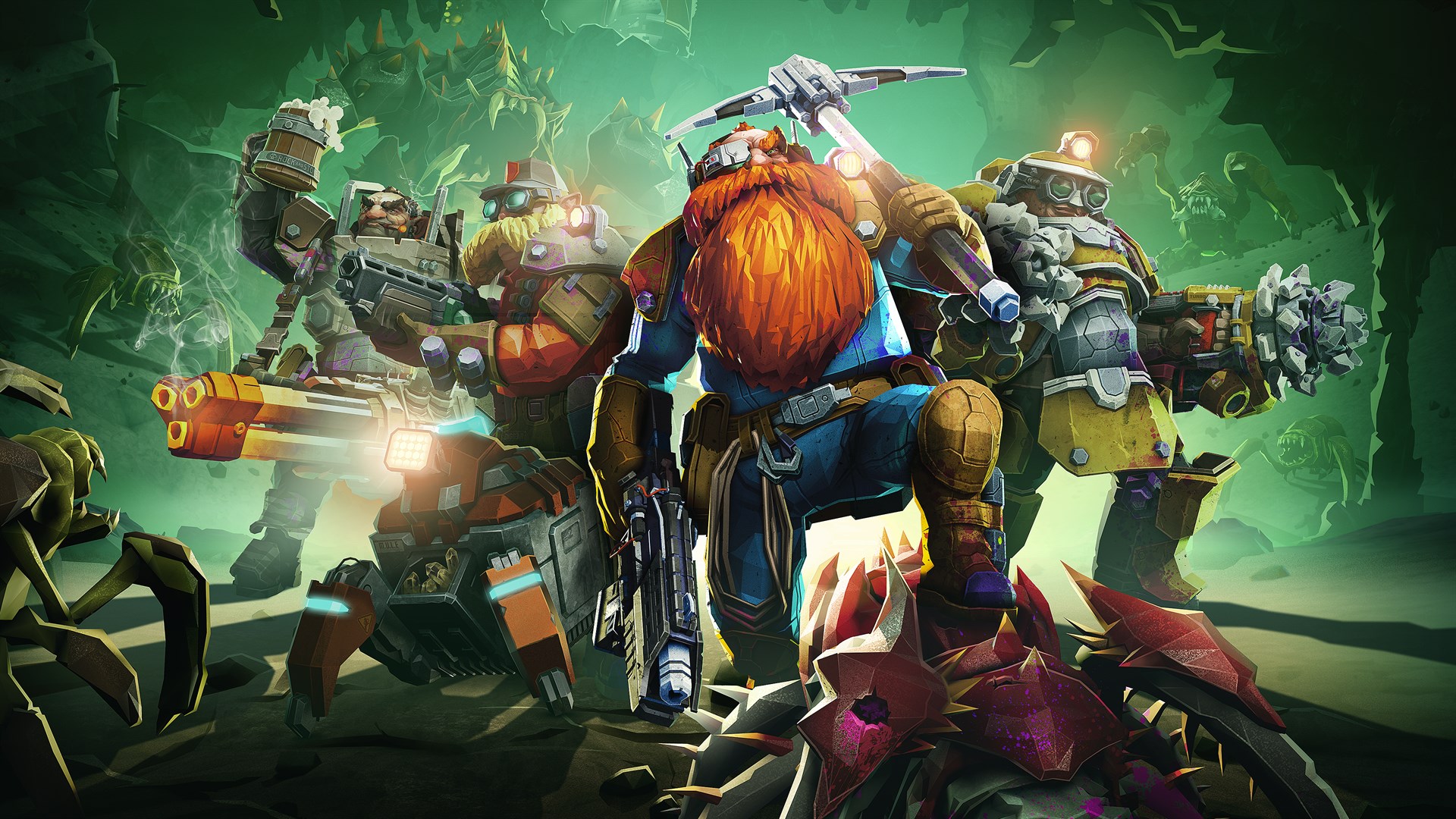
Okay, so in Deep Rock Galactic, leveling up isn’t just about XP. It’s about getting promoted, unlocking cool perks to customize your dwarf, and doing weekly hunts for these things called Matrix Cores. They also have these assignment chains and seasonal events that push you towards upgrading your weapons – overclocking them, basically. If you want a bigger challenge (and better rewards!), you can crank up the hazard level and deal with random mission modifiers. Plus, the devs keep things fresh with seasons that add new progression tracks and mission types, but it all fits into the stuff we already know and love.
‘The Binding of Isaac: Rebirth’ (2014)

The Binding of Isaac features a wealth of unlockable content, including new characters, ways to mark your progress, and alternate game levels that become available as you achieve goals. Daily challenges and Greed/Greedier modes offer unique reward systems. The game encourages replayability through powerful item combinations and character transformations, prompting players to try again and again to find the perfect build. New content added by the developers, like bosses, items, and level layouts, seamlessly integrates into this cycle of unlocking and completing challenges.
‘Terraria’ (2011)
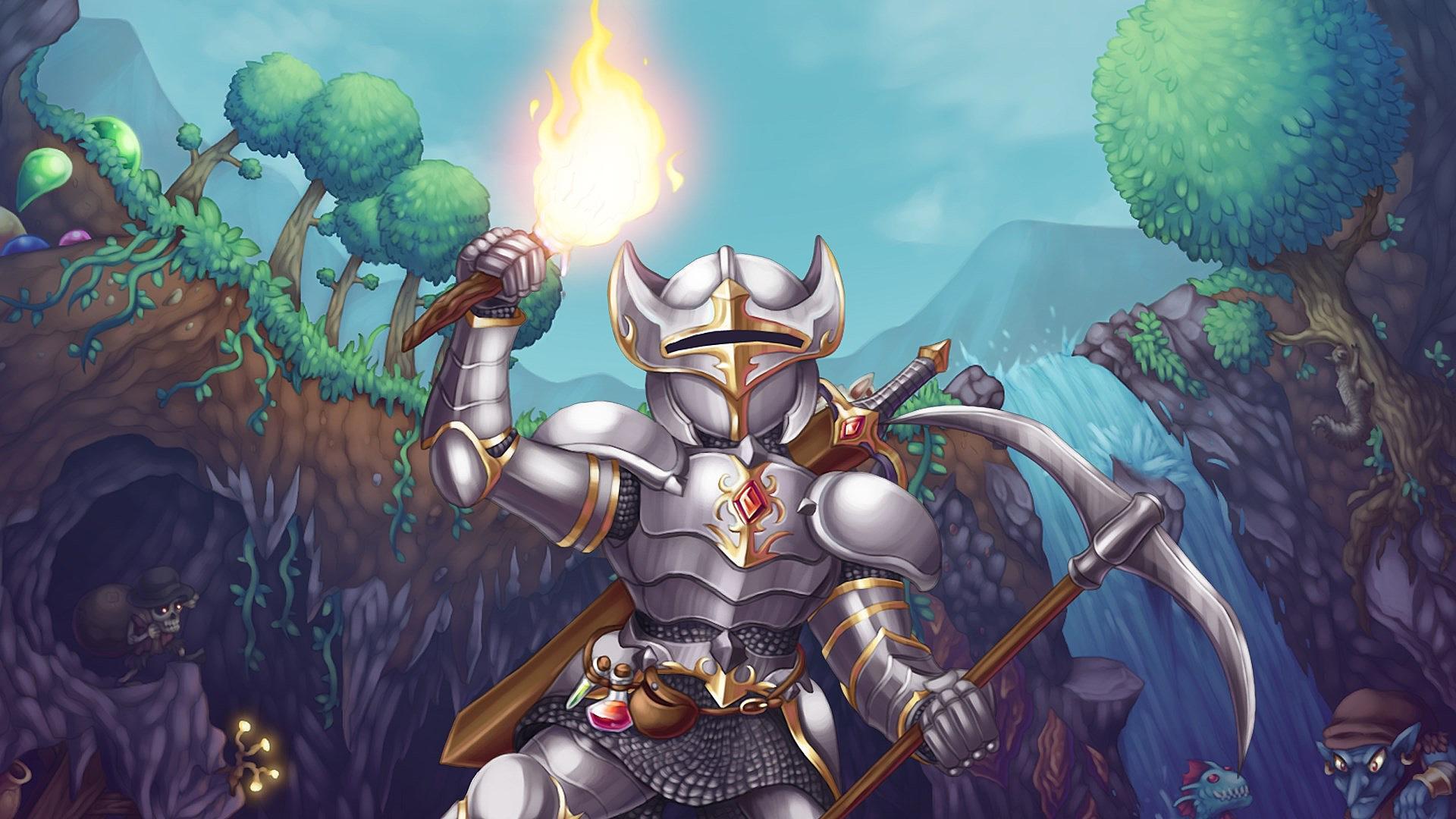
Terraria’s late-game content begins after defeating the Wall of Flesh, introducing challenging mechanical bosses, special events like the Pumpkin and Frost Moons, and a lengthy progression after the Golem boss. Players can improve their gear through accessory reforging and build arenas to prepare for these tough battles. Farming different areas and using traps with statues help gather materials more quickly for crafting. Regular updates from the developers continue to add new items, events, and characters, giving players even more to achieve after defeating each boss.
‘Monster Hunter Rise’ (2021)
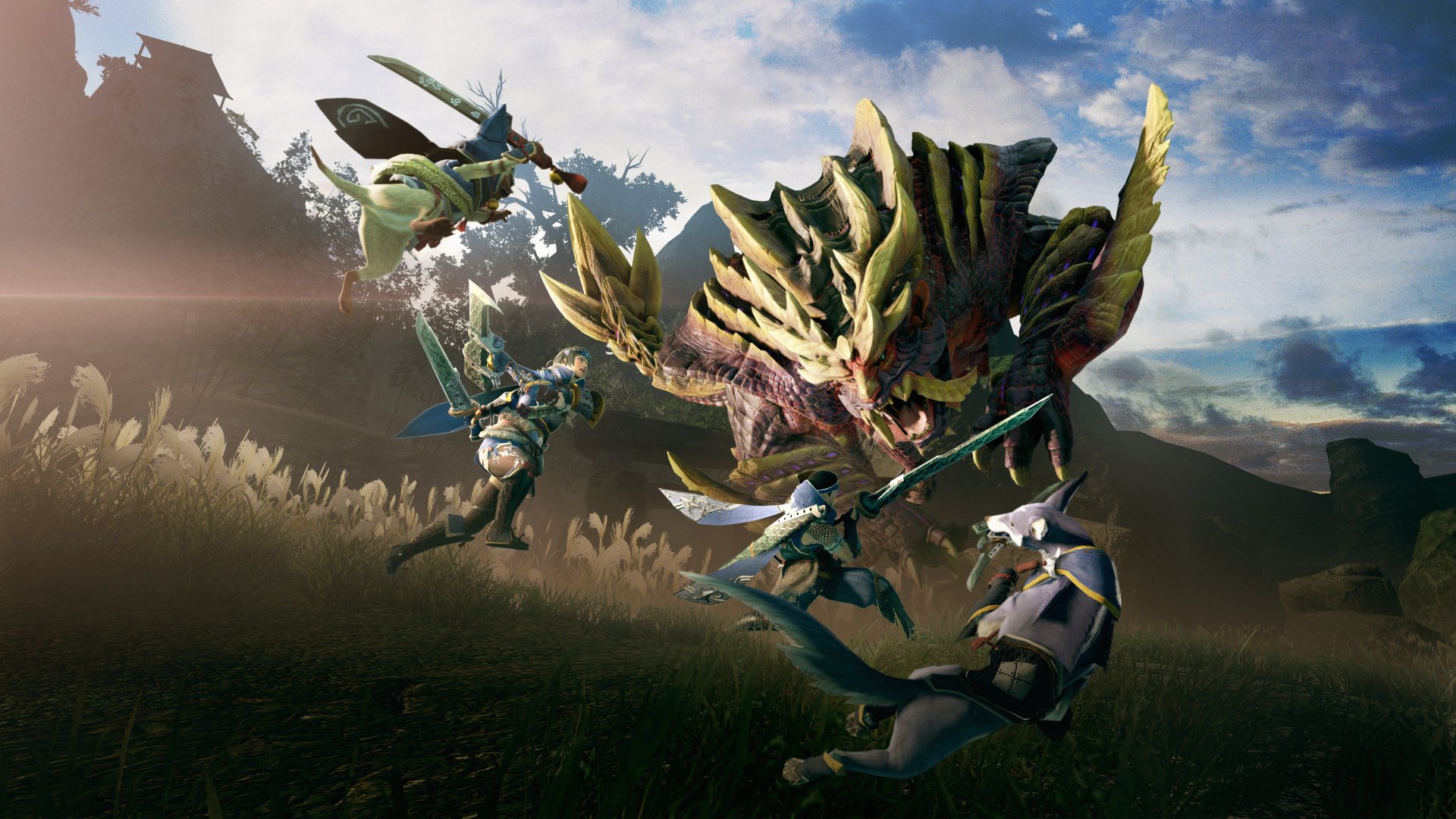
Capcom keeps players engaged long-term with features like Anomaly Investigations, Qurio crafting, and materials gathered from specific monsters. Regular updates add new monsters and customization options to improve your gear. Limited-time events and quests offer different ways to earn valuable items for upgrading and perfecting your builds. Ultimately, the game’s systems reward players for focusing on specific hunts to continually improve their equipment and strategies.
Share your own go-to endgame loops—and the builds that keep you coming back—in the comments!
Read More
- SEC Halts Crypto ETFs: Will ProShares Cave or Quit? 🚫💰
- American Bitcoin’s Bold Dip Dive: Riches or Ruin? You Decide!
- Hot Toys Reveals New Ben Affleck Batman Right After Zack Snyder’s Photo
- Predator: Badlands Is Not The Highest Grossing Predator Movie
- Binance’s Grand Scam Alert: Crypto’s Known Circus Gets a Sharper Act
- Allworth Financial Sells VictoryShares ETF Stake
- Terns Pharmaceuticals: A 300% Surge That Smells Like a Carnival Sideshow 🎪
- HYPE & Hyperliquid: A Match Made in Crypto Heaven! 🤑💍
- Solana’s Price Drama: A Farce of $140 and Questionable Strength 🎭💸
- Altcoin ETFs: A Crypto Chaos! 🚀
2025-11-17 08:19